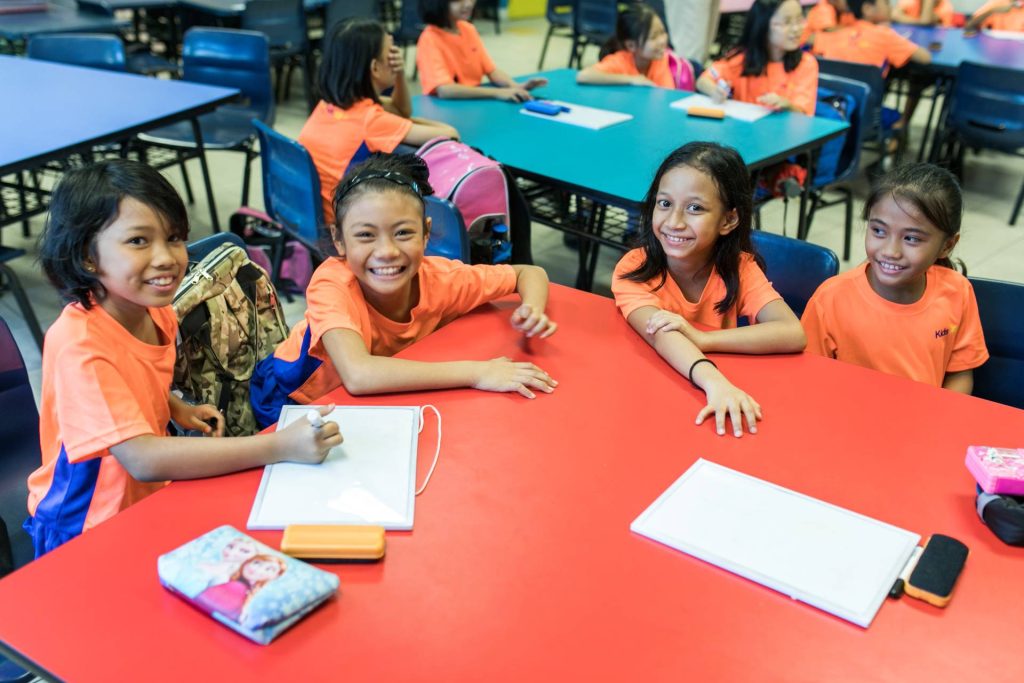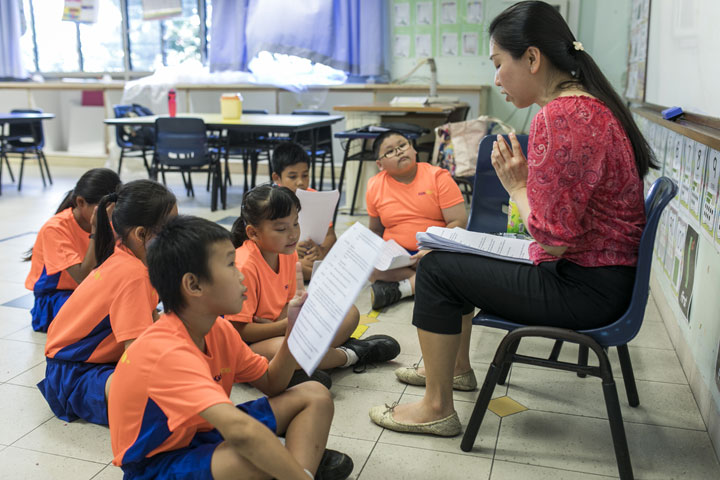
Giving back to society without fuss, the Singaporean way
When people in Singapore hear the word “philanthropy”, I suspect the first picture that crosses their mind is a well-dressed person holding up a large mock cheque at a grand ceremony. Accompanying that mental picture is the thought that philanthropy is too lofty, and unattainable for them. This is understandable, given how the media tends to spotlight the big – and newsworthy – gifts to charities, and how beneficiaries want to recognise such generosity.But the reality, certainly in the time that I have been involved at the Community Foundation of Singapore (CFS), focused on growing philanthropy, is far removed from this. The donors that the team and I have met over the years have been diverse. In many ways, this is a microcosm of Singaporean society.










